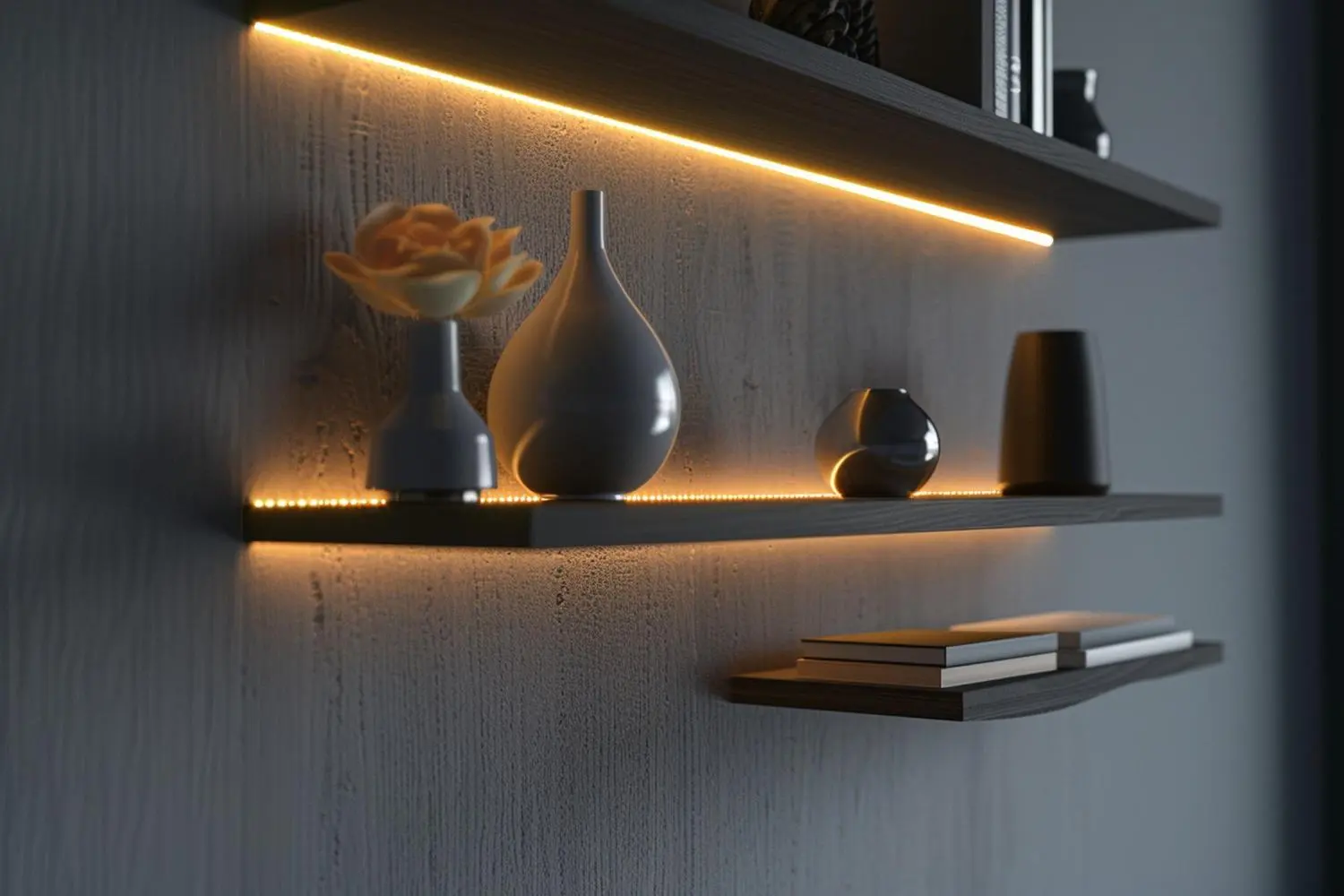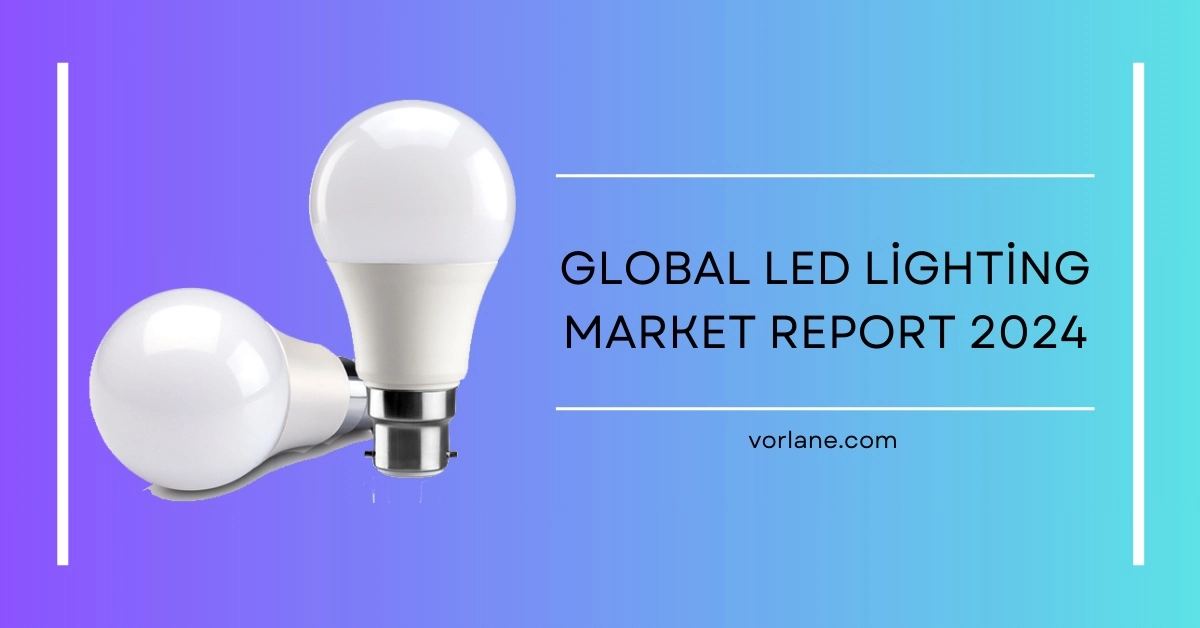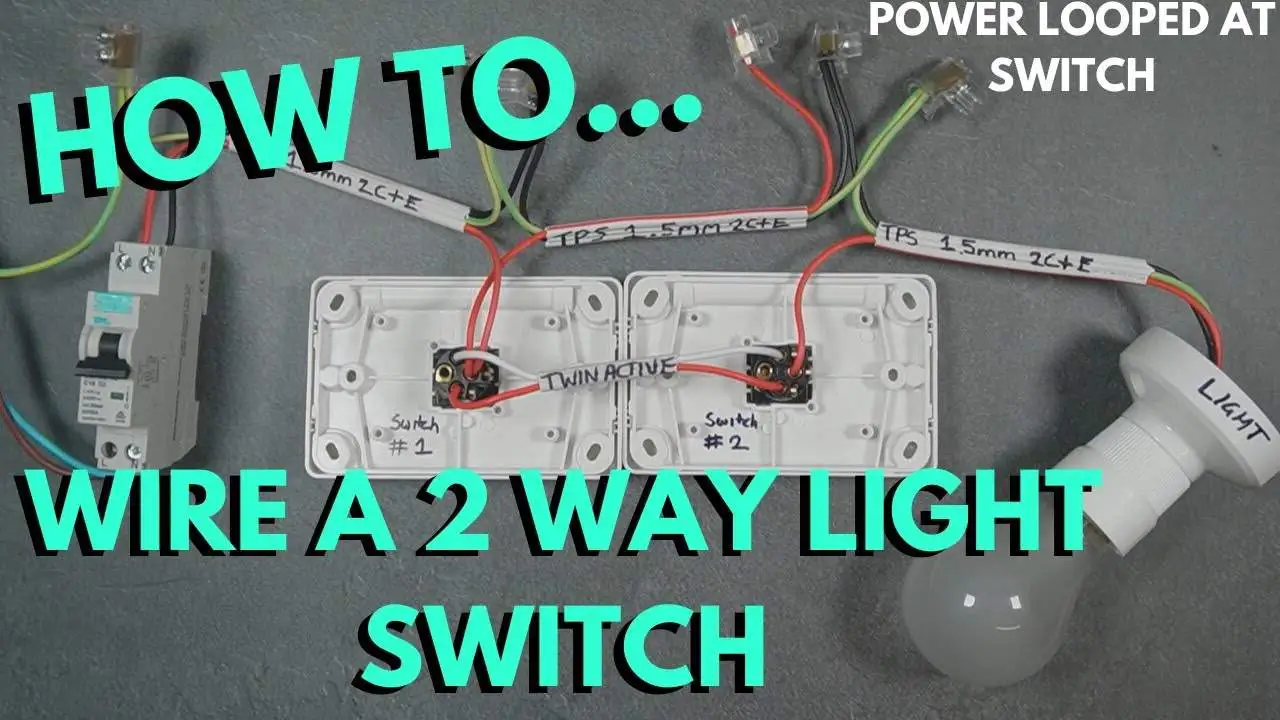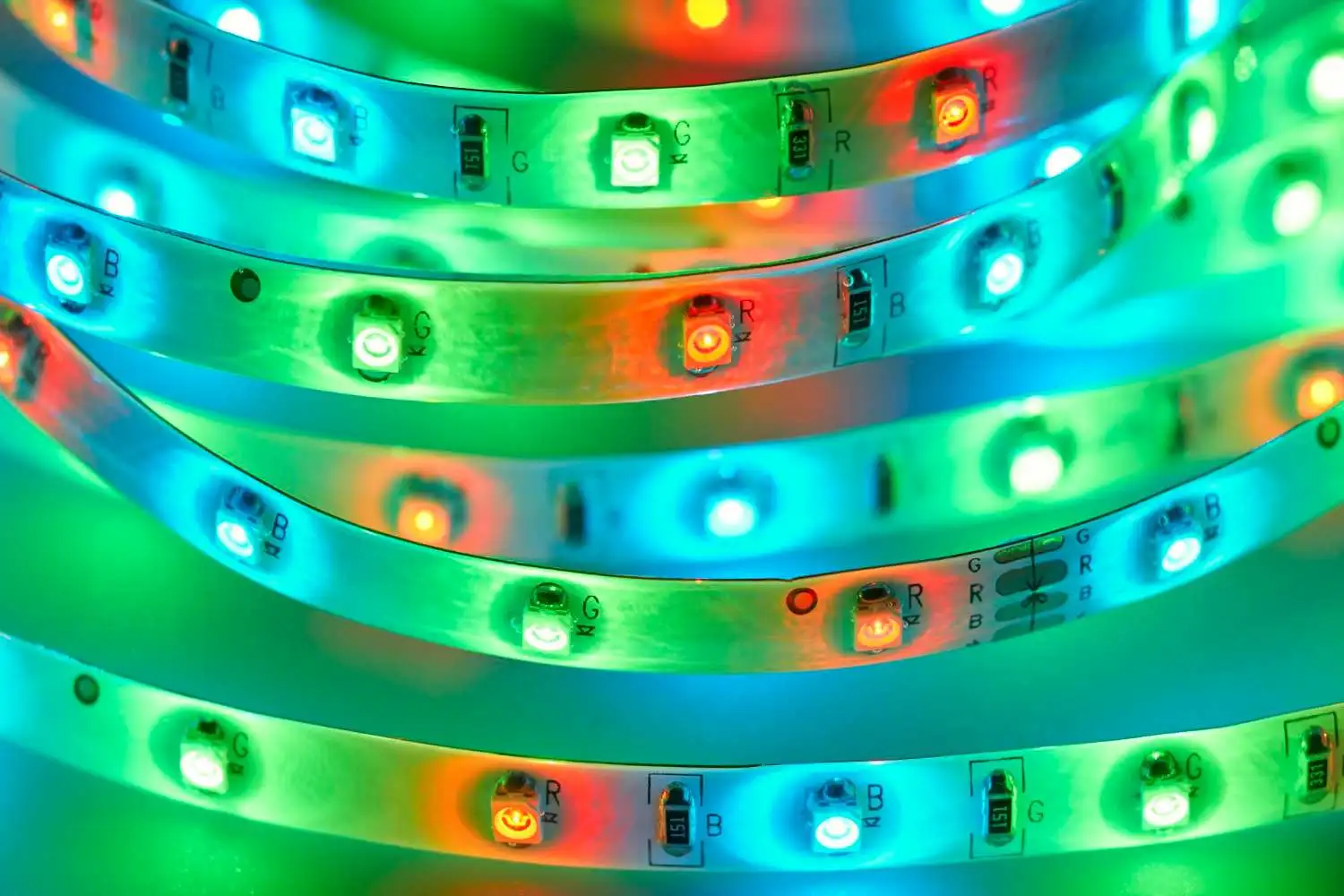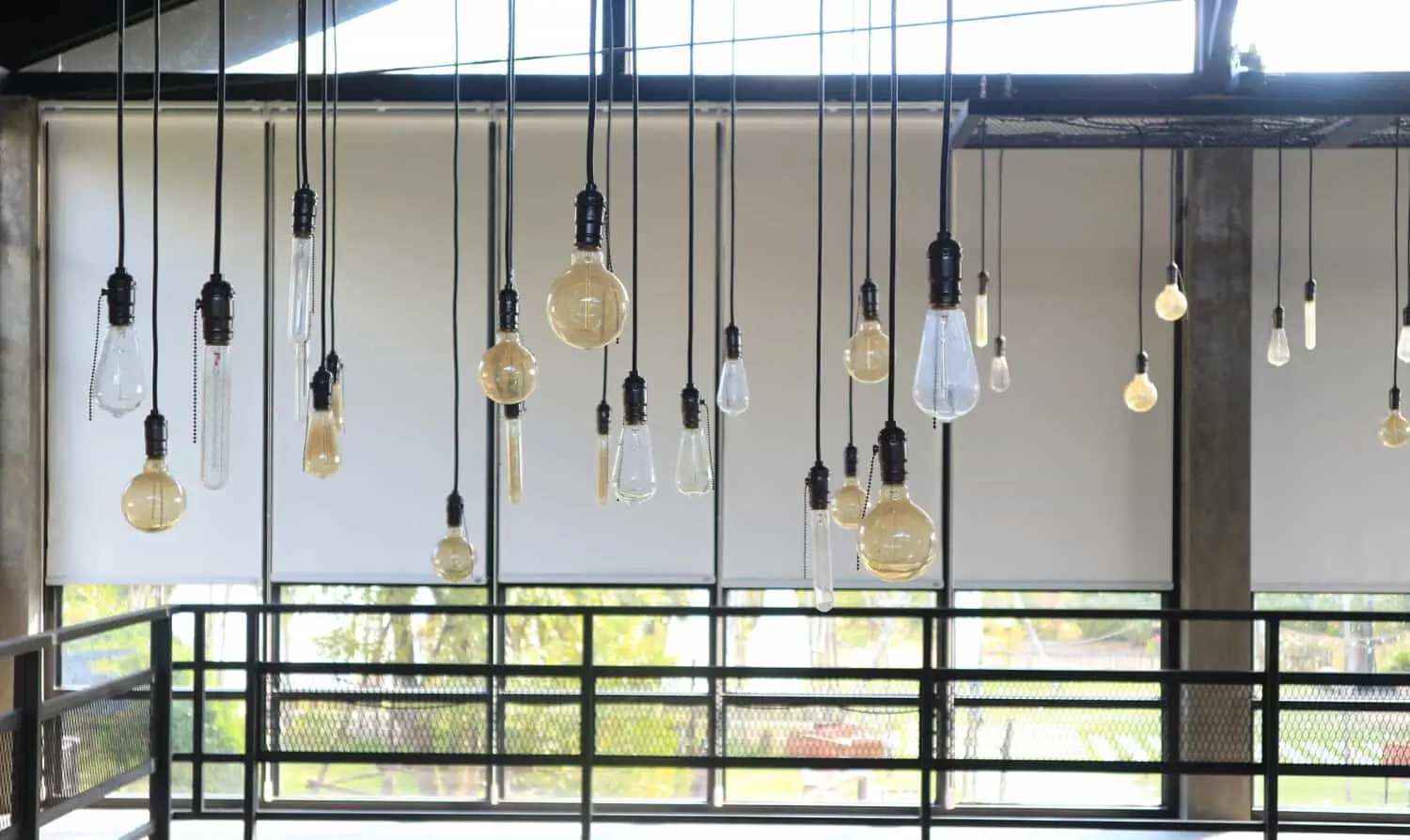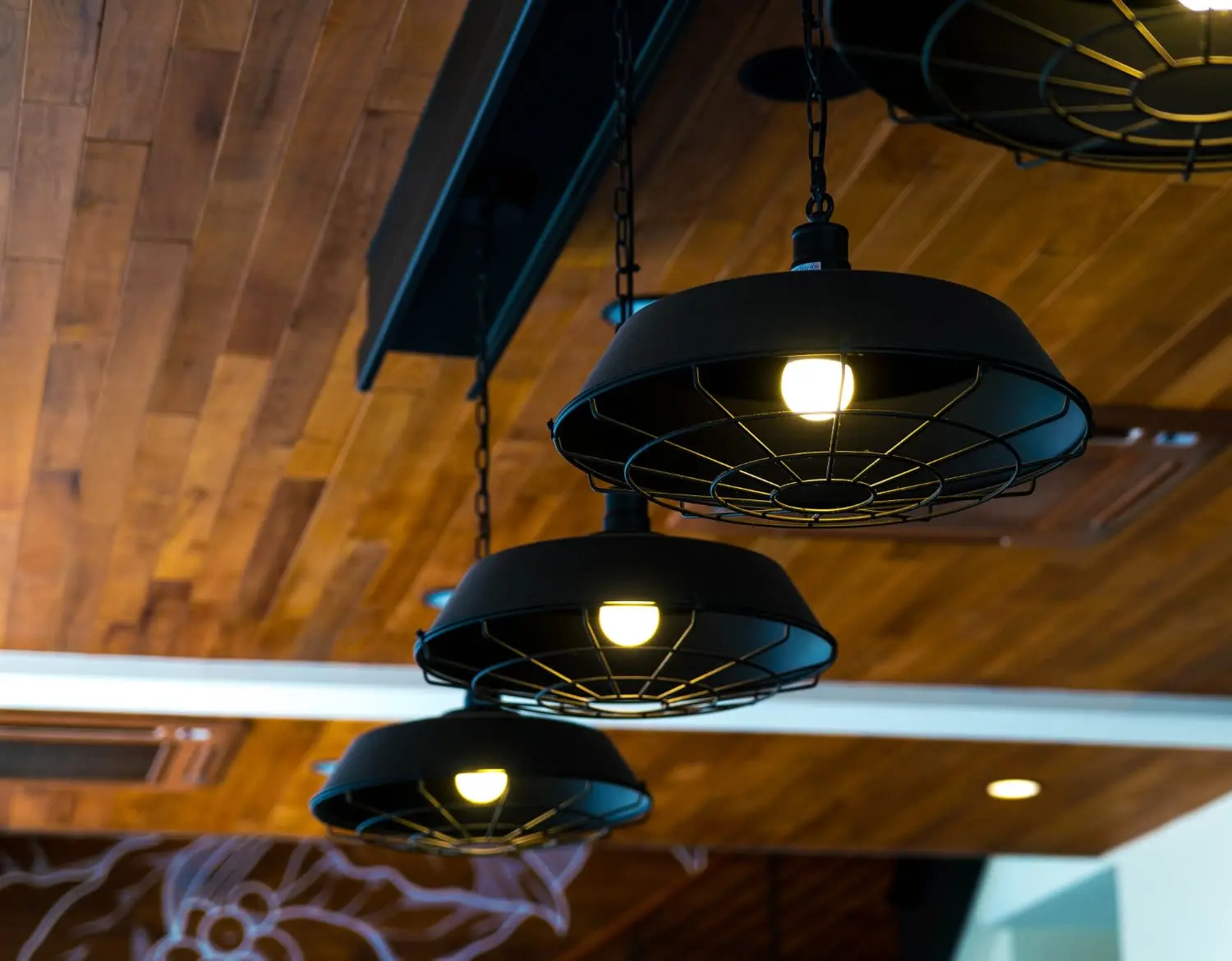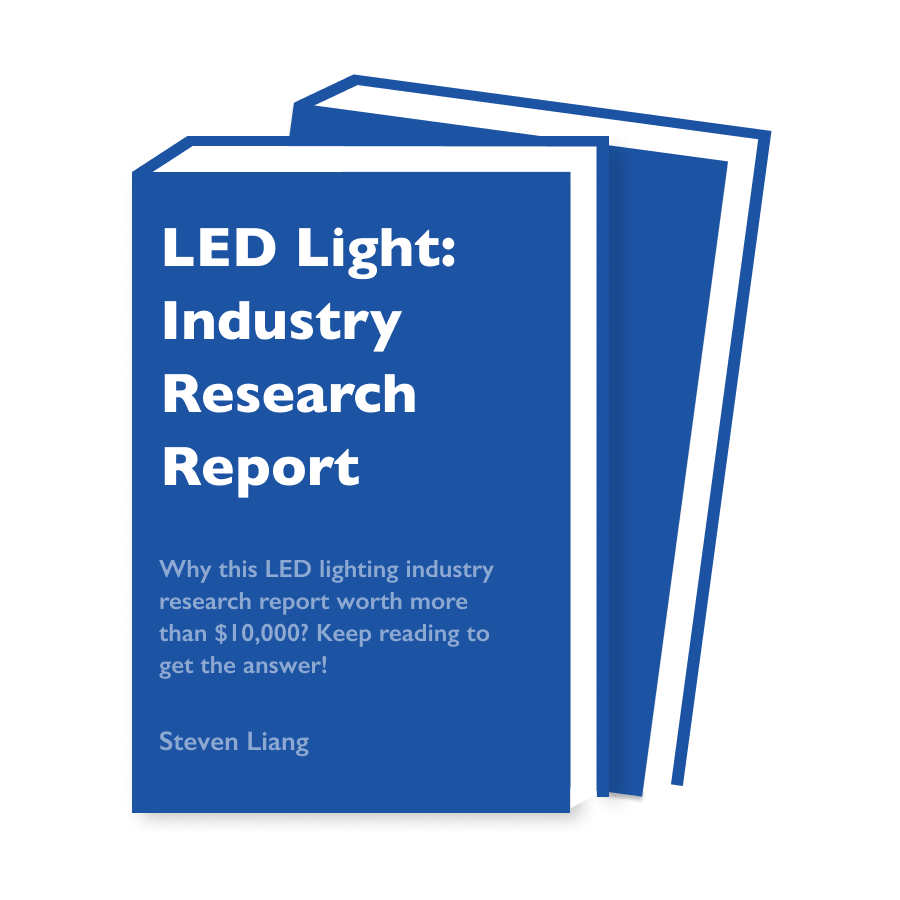LED lights are rapidly taking over the lighting industry, and for good reason. They use dramatically less energy than traditional incandescent bulbs, last much longer, and provide better-quality lighting. But with so many on the market, how do you choose the right one?
That’s why we put together this ultimate guide to LED light comparison – so that you can make sure you get the best LED light for your needs. We will explore the history of LED lighting, the different types of light bulbs, the key features of LED lights, and their advantages over other light bulbs.
So, if you want to make the switch or invest in LED, read on and find out everything you need to know with our LED comparison guide!
The History of LED Light
LED light bulbs have been around for a long time, but they used to be very expensive. They were mainly used in commercial settings, like large office buildings or stores. In recent years, the price of LED light bulbs has come down and they have become more popular for residential use.
Let’s explore the LED light timeline:
| 1960s | In 1962, Nick Holonyak Jr. invented the first LED light bulb, which was red in color. |
| 1970s | The first high-brightness LED light bulbs were developed by engineers at Monsanto and General Electric. |
| 1980s | The first LED lighting products for residential use became available. |
| 1990s | LED technology continued to improve |
| 2000s | The consumer market for LED lighting began to take off in the early 2000s with more energy-efficient and longer-lasting bulbs becoming available at lower prices. |
| Today | LED light bulbs are now the most popular option for home lighting. |
1960s
In 1962, Nick Holonyak Jr. invented the first LED light bulb, which was red in color. It would take another two decades for a yellow-light-emitting diode to be created.
1970s
The first high-brightness LED light bulbs were developed by engineers at Monsanto and General Electric. They could produce white light, but they were expensive and not widely used.
1980s
The first LED lighting products for residential use became available. They replaced the filament-based incandescent bulbs, which had been the standard before that.
1990s
LED technology continued to improve, with the cost of LEDs going down and the quality of light going up. LED-based traffic lights, brake lamps, and exit signs became popular.
2000s
The consumer market for LED lighting began to take off in the early 2000s with more energy-efficient and longer-lasting bulbs becoming available at lower prices. LEDs also began appearing in car headlights, TVs, computer displays, and other electronics.
Today
LED light bulbs are now the most popular option for home lighting. They are much more efficient than other types of lights, with up to 90% energy savings compared to incandescent bulbs. LED light bulbs also last longer than traditional light sources, so people can save money and reduce waste over time.
If you want to learn more about the history of LED, check this video!
What is LED Light?
LED light is an energy-efficient type of lighting that uses light-emitting diodes (LEDs) to produce bright, long-lasting illumination in a variety of shapes and sizes. LEDs are designed to last far longer than traditional incandescent or halogen bulbs, and they require significantly less electricity to power them.
LED lighting has been used for many years in a variety of applications, but it has only recently become popular as a replacement for traditional lighting. LED light fixtures are now available in a wide range of styles and sizes, making them an excellent choice for both residential and commercial lighting applications.
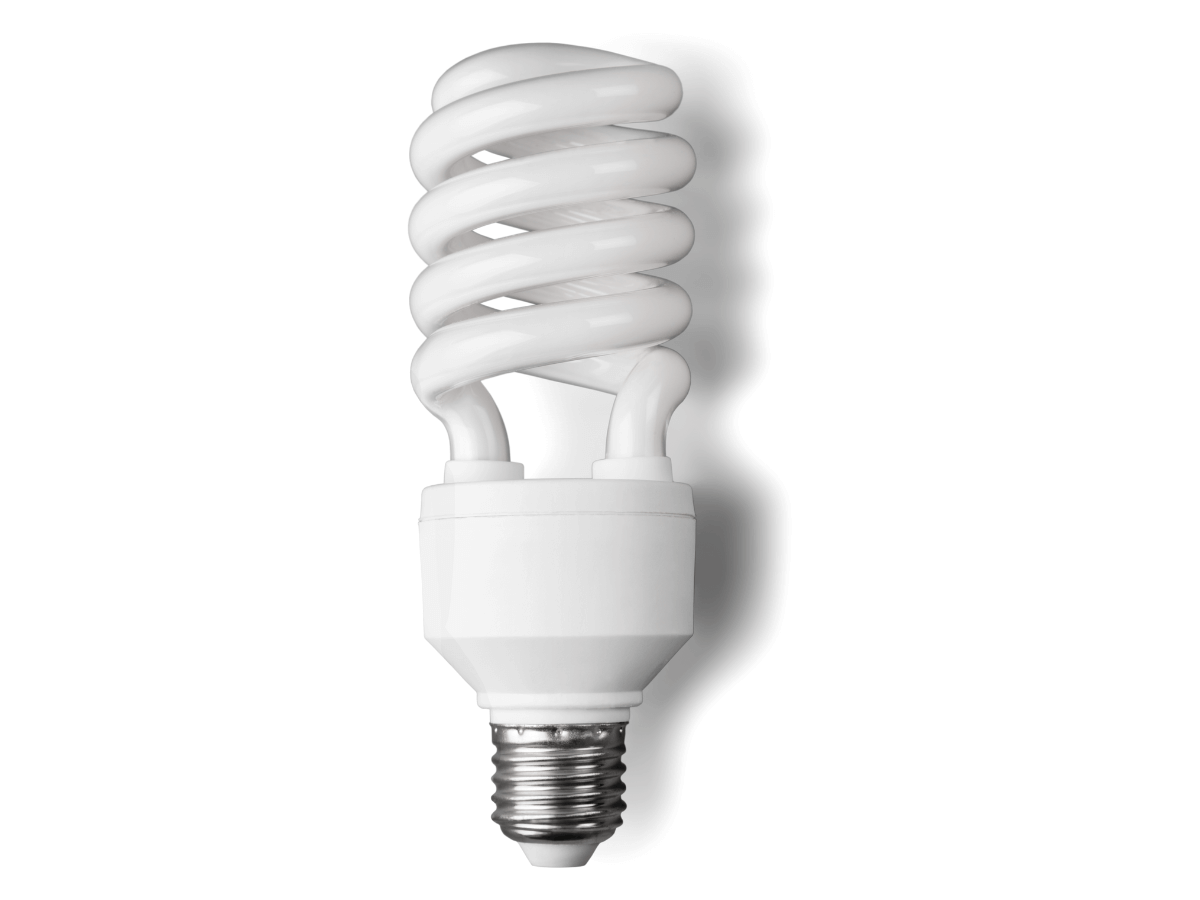
Different Types of Light Bulbs
There are many different types of light bulbs on the market today. Some of the most common are:
Incandescent Bulbs
Incandescent bulbs are the most common type of bulb on the market today. They are typically less expensive than other types of bulbs, and they come in a variety of shapes and sizes. However, incandescent bulbs also use more energy than other types of bulbs, and they don’t last as long.
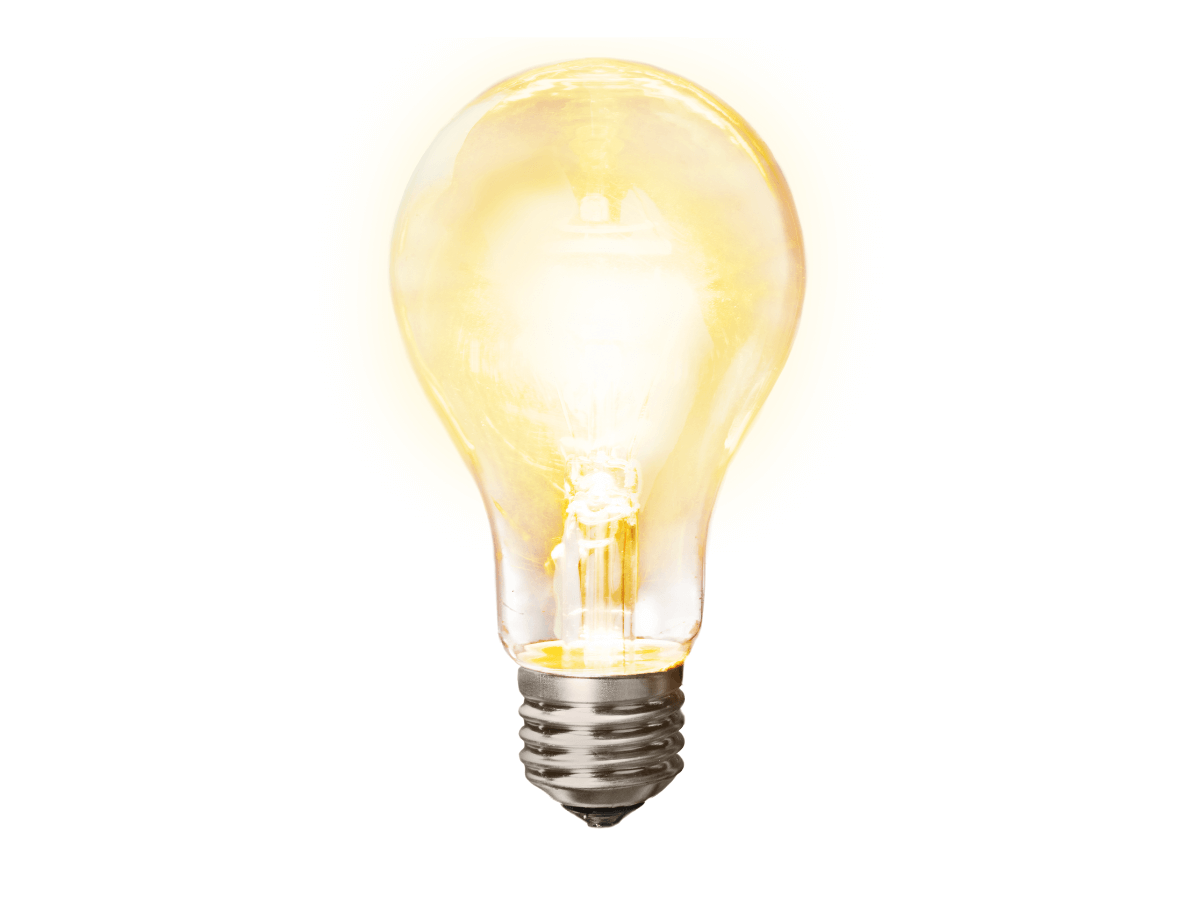
Halogen Bulbs
Halogen bulbs are a step up from incandescent bulbs in terms of energy efficiency. They use about 30% less energy than incandescent bulbs, and they come in a variety of shapes and sizes as well. Halogen bulbs also produce more light than incandescent bulbs, making them great for areas where the user needs bright light.
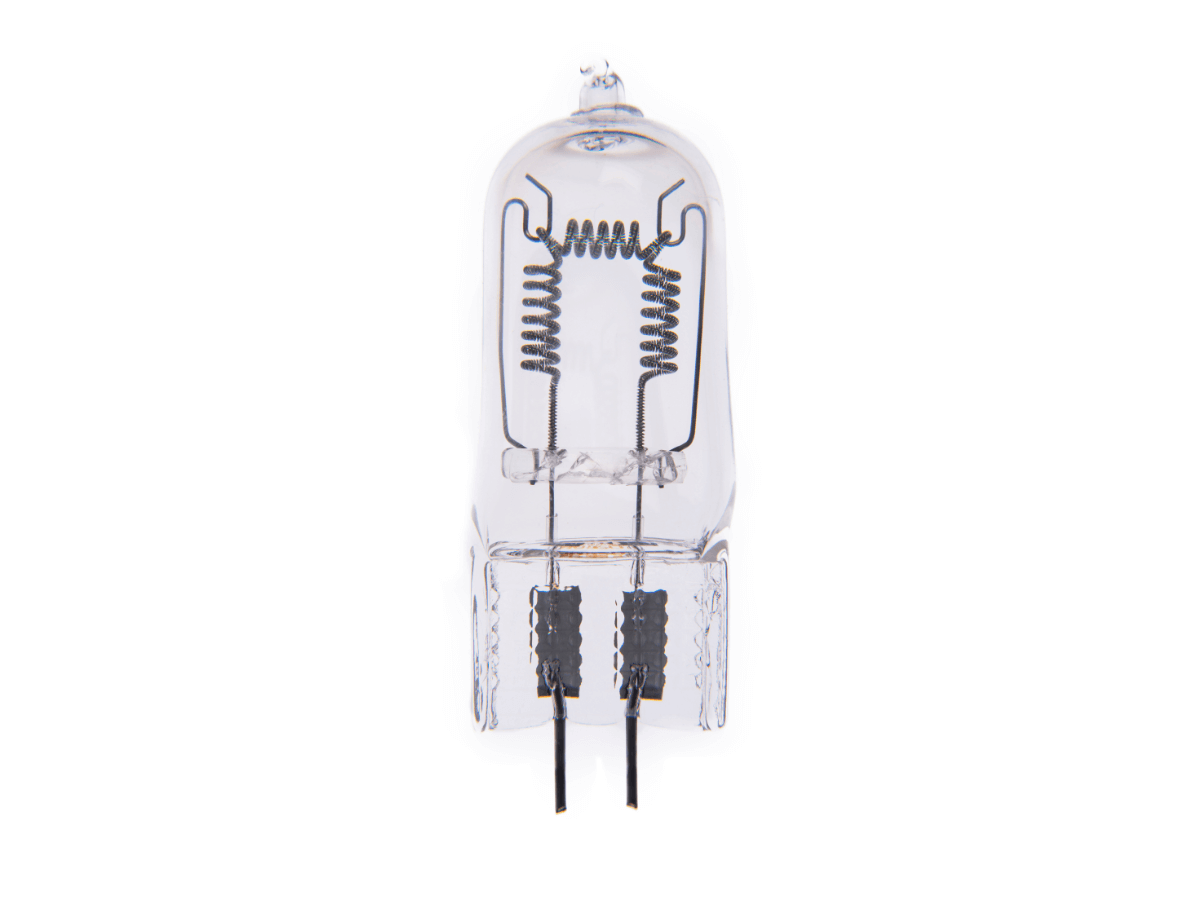
Compact Fluorescent Lamps (CFLs)
CFLs are one of the most energy-efficient types of bulbs on the market. They use about 75% less energy than incandescent bulbs, and they last about 10 times longer. CFLs also come in a variety of shapes and sizes, making them great for both indoor and outdoor lighting.
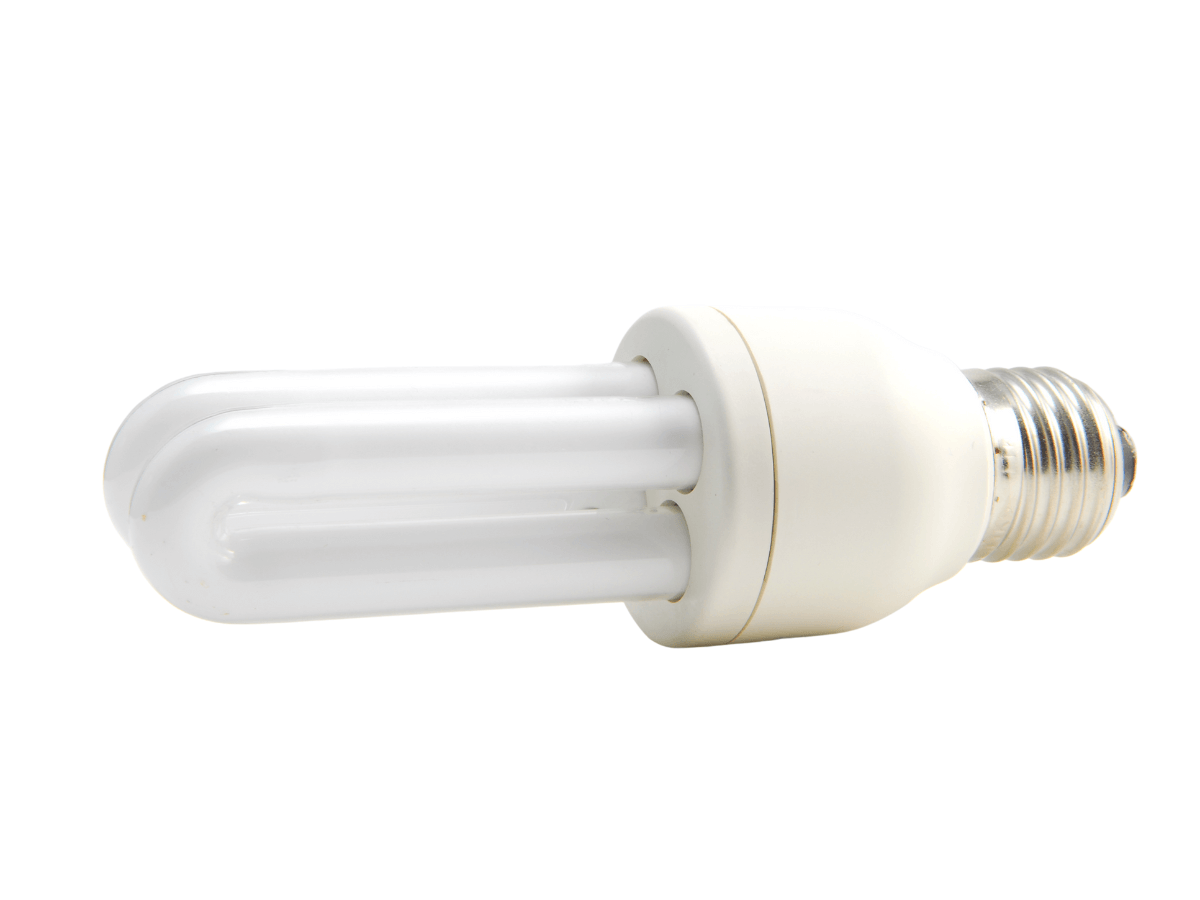
Light-Emitting Diode (LED) Bulbs
LED bulbs are quickly becoming the most popular type of bulb on the market. They use about 90% less energy than incandescent bulbs, and they last up to 25 times longer. LED bulbs also come in a variety of shapes and sizes, so they can be used for many different types of lighting applications.
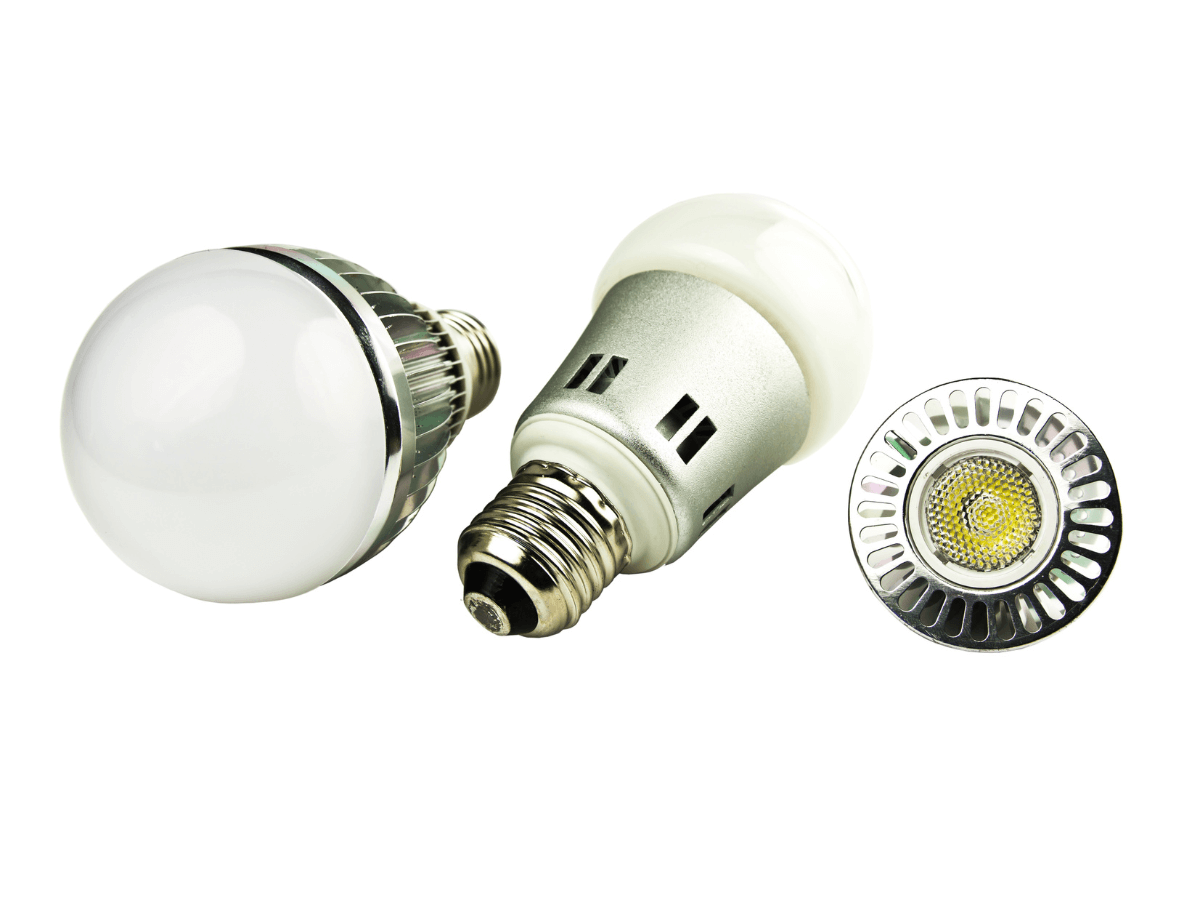
These are just a few of the many types of bulbs available on the market today. Depending on the user’s need, the right type of light bulb can make a big difference in terms of energy efficiency and performance.
Key Features of LED Light
LED lights are becoming more and more popular in homes, businesses, and other settings. They offer a number of key features that make them a great choice for many different applications. Some of the key features of LED lights include:
Efficiency
LED lights are highly efficient, meaning they convert a high percentage of the energy they use into light. This makes them a cost-effective choice for many applications.
Long Lifespan
LED lights have a long lifespan, meaning they can last for years without needing to be replaced. This makes them a wise investment for those looking for long-term lighting solutions.
Versatility
LED lights come in a variety of shapes and sizes, making them suitable for many different applications. They can also be dimmed or changed to different colors, allowing for greater flexibility in terms of lighting design.
Low Heat Generation
LED lights generate very little heat, making them safe to use in close proximity to people and other sensitive items. This also helps to conserve energy, as there is no need to use additional cooling measures with LED lights.
Environmentally Friendly
LED lights do not contain any mercury or other harmful chemicals, and their manufacture does not release any pollutants into the atmosphere. This makes them an ecologically sound choice for many settings.
High Brightness And Intensity
LED lights are able to produce a high level of brightness and intensity, which makes them suitable for many different settings. This is particularly important for outdoor lighting applications, where the light needs to be strong enough to illuminate large areas.
Low Maintenance
LED lights require very little maintenance once installed, meaning that they can last for years without needing any additional care or attention. This makes them a great choice for those who want to enjoy the benefits of LED lighting without all the hassles of regular upkeep.
Greater Design Flexibility
LED lights are available in a wide range of shapes and sizes, as well as different color temperatures. This means that they can be used to create unique lighting designs to suit specific needs. This makes them ideal for those who want to add a unique touch to their interior or exterior lighting design.
All in all, LED lights offer a wide range of benefits for those looking for energy-efficient and versatile lighting solutions. They’re the perfect way to shed some light on the home without breaking the bank – or the environment!
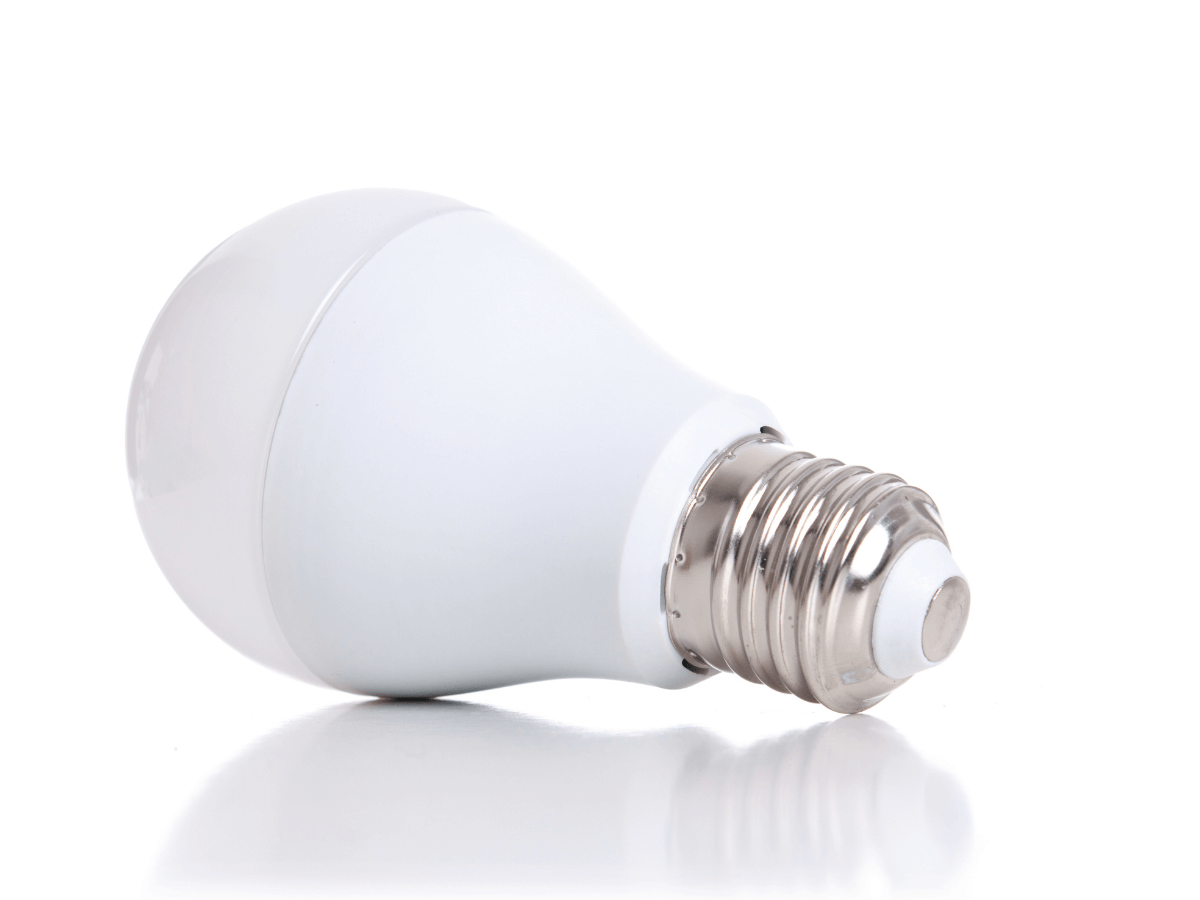
Advantages of LED Light
LED lights are rapidly becoming the most popular choice for lighting both homes and businesses. There are many advantages to using LED lights, including:
Ability to Operate in Cold Conditions
LED lights can function well in cold temperatures, which is ideal for areas that experience extreme weather conditions.
No Heat or UV Emissions
Unlike incandescent lights, LED lights do not produce heat or ultraviolet radiation. This means that they can be used safely in areas where extreme temperatures and UV exposure may be a concern.
Instant Lighting
LED lights turn on instantly, allowing the user to get the full benefit of the light immediately. This makes them ideal for areas where lighting needs to be switched on and off frequently.
Ability to Withstand Frequent Switching
LED lights can withstand frequent on/off switching, making them perfect for applications where lighting needs to be frequently adjusted.
Low Voltage Operation
LED lights require very low voltages to operate, which makes them energy-efficient and cost-effective. This also eliminates the need for bulky transformers or other power converters.
Improved Safety
LED lights are cool to the touch and contain no hazardous materials, making them a much safer option than traditional light bulbs.
Have a Great Color Rendering Index
LED lights produce a much higher Color Rendering Index (CRI) than traditional lighting, resulting in improved color accuracy and clarity. This makes them ideal for applications where accurate colors are important.
These are just a few of the advantages that LED lights offer. It’s clear to see why so many people are making the switch to LED lighting solutions. With their improved efficiency, safety, and performance, LED lights provide more than enough benefits to make them a great choice for any home or business.
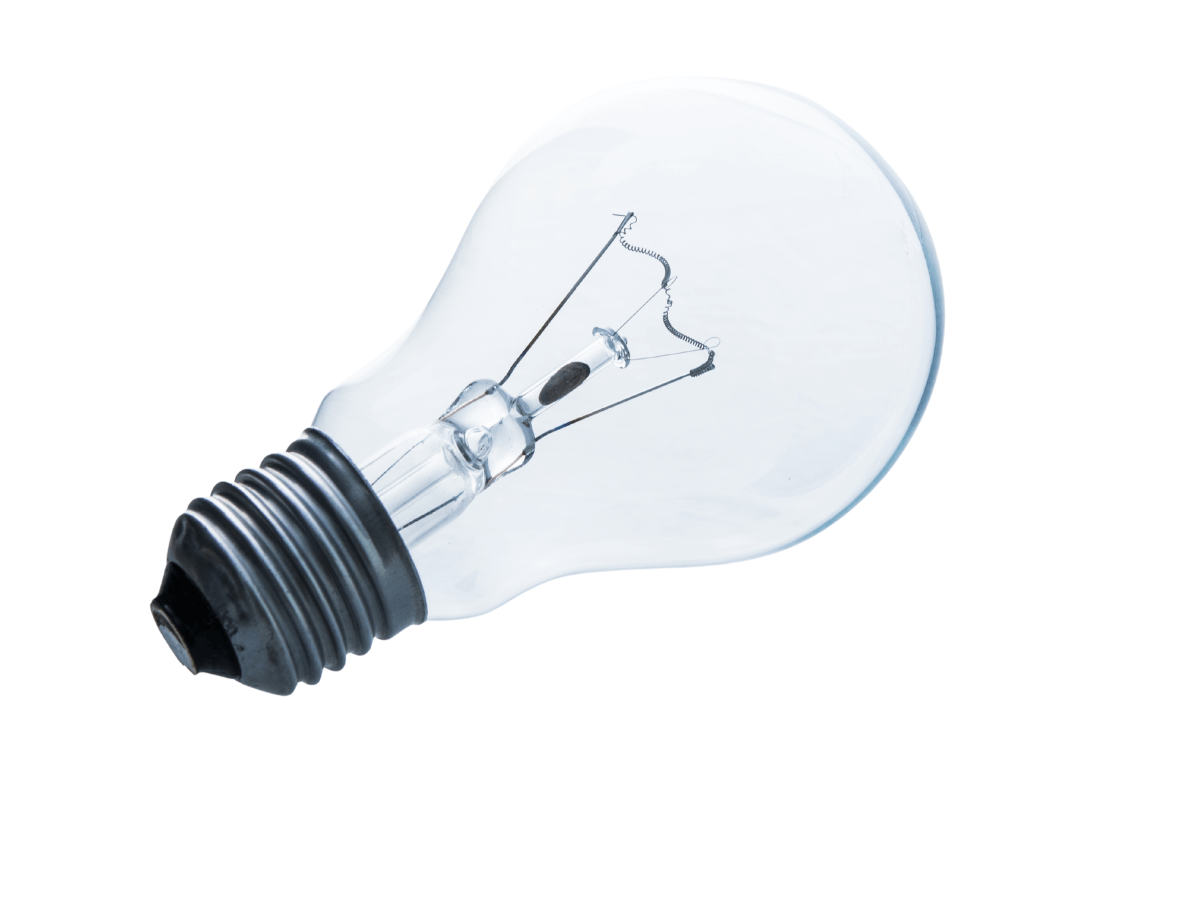
LED Light Comparison to Other Light Bulbs
LED light bulbs are becoming more and more popular in homes across every country. They have a number of advantages over other types of light bulbs, including lower energy consumption, longer lifespans, and less heat output.
To know more about how LED lights compare to other types of light bulbs, let’s take a look at some of the key differences.
Cost
LED light bulbs typically cost more than traditional incandescent bulbs, but they can last up to 25 times as long. Plus, when you factor in energy savings over time, LEDs become a much more affordable option.
Wattage
LED light bulbs consume much less energy than traditional incandescent and halogen bulbs. While a standard 60-watt bulb will produce about 800 lumens of light, an equivalent LED bulb only requires 8 to 10 watts of electricity to create the same amount of light.
Light Output
LED light bulbs are also more efficient when it comes to light output. The latest LED bulbs can produce up to 140 lumens per watt, while traditional incandescent bulbs generally only put out between 10 and 30 lumens per watt.
Features
LED light bulbs come with a variety of features that make them more convenient and user-friendly. They can be dimmed, turn on instantly, and are available in a range of colors and temperatures to suit any mood or decor.
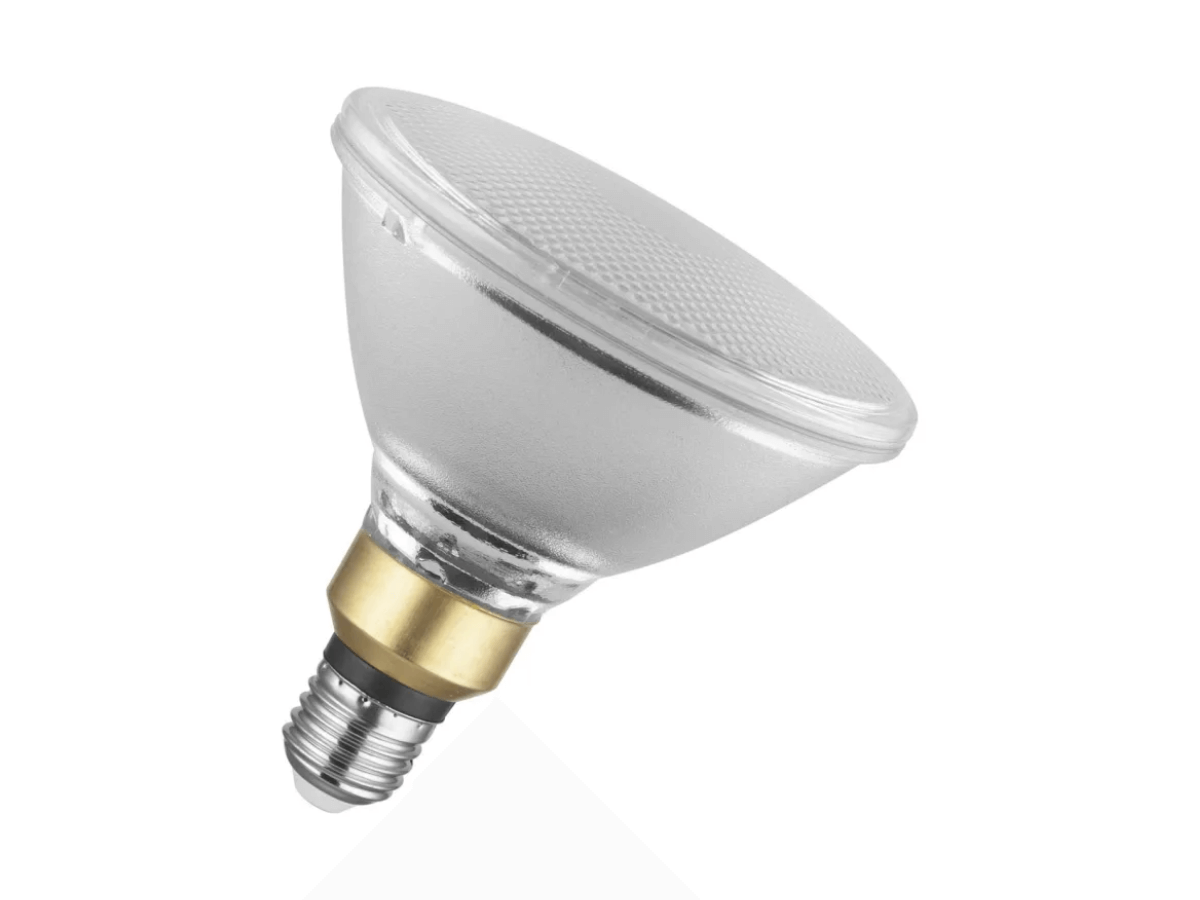
So if you’re looking to start on invest in energy-efficient lighting, LED light bulbs are definitely worth considering. Not only are they more efficient and longer lasting than other types of bulbs, but they’re also packed with features that make them a great choice for any home or business.
You can contact us at Vorlane if you decided to invest in LED Lights! We offer an MOQ of 20,000 and give discounts for bulk orders. So lighten up your life and join the LED revolution today!
5 Buying Tips About LED Light
When it comes to buying LED lights, it can be a bit overwhelming. After all, there are so many options out there and they come in different shapes, sizes, and price points. But don’t worry – with these 5 essential tips you’ll be able to find the perfect LED light for your business needs in no time!
#1 Lumens, Not Watts
The wattage of an LED light is no longer the best measure of a light’s brightness. Instead, the buyer should look at the lumens (or lm). Lumens measure how much visible light is emitted from a bulb and the higher the number, the brighter it will be.
#2 Color Temperature
When it comes to LED lights, the buyer can choose from a wide range of color temperatures ranging from warm white to cool white. Warm white is better for areas that need a cozy atmosphere while cool white works better in task-oriented areas where more brightness is needed.
#3 Size and Shape
The size and shape of the LED light will depend on where the buyer plans to install it. For instance, a tube-shaped LED is often better for recessed lighting while a larger round or square option would work best as a spotlight.
#4 Type of Lighting
LED lights can be used in both indoor and outdoor settings so the buyer will want to make sure they choose the right type of light for their needs. There are LED lights that are designed specifically for outdoor use, while others work better as task lighting inside.
#5 Durability and Quality
The quality of LED lights is improving every year, but it’s still important to choose a light with durable materials that can withstand the elements. In addition, consider buying from a reputable brand as these companies often have better warranties and service plans in case something goes wrong.
Following these 5 tips will help ensure you get the perfect LED light for your business needs. These tips will help you make an informed decision and save time, money, and energy in the long run.
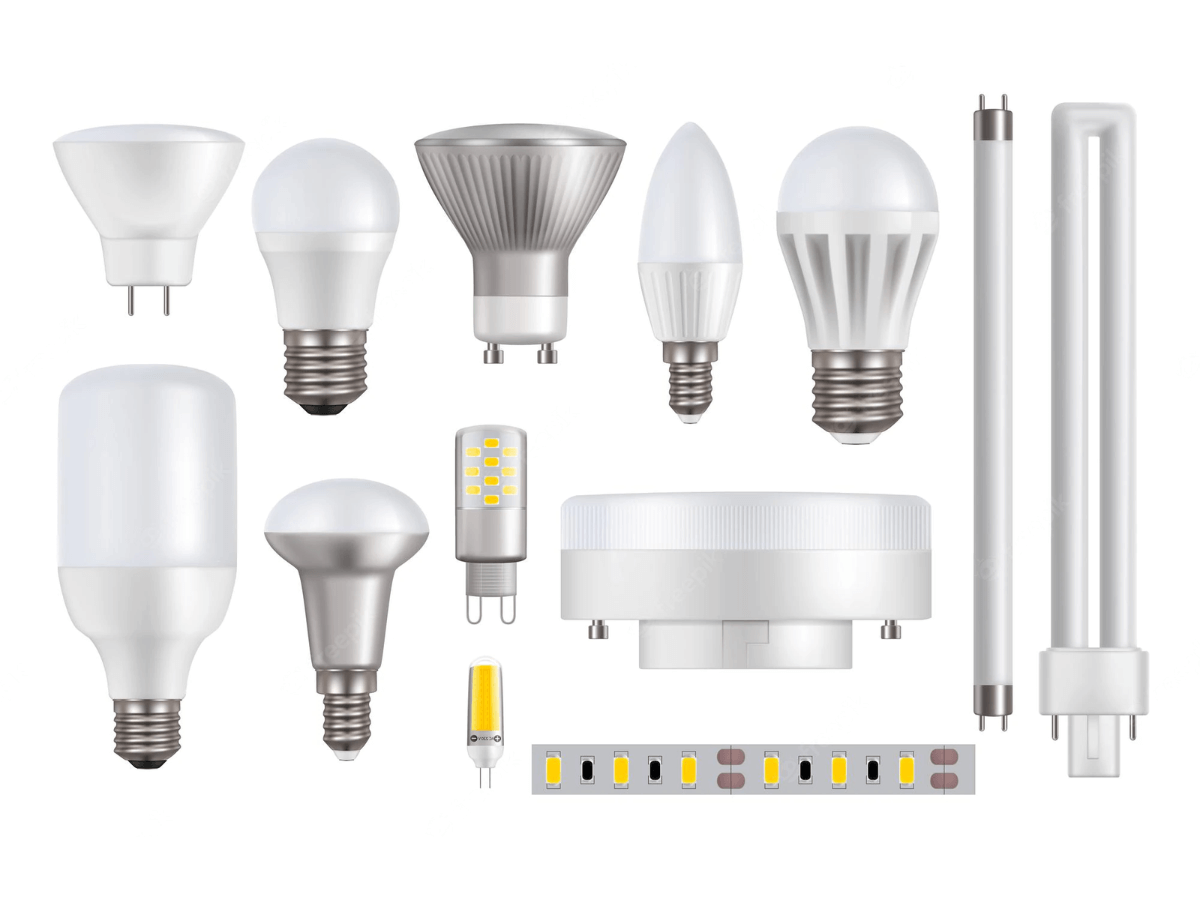
Conclusion
So there you have it – the complete guide to LED light comparisons. We hope that this article has helped you narrow down your choices and make an informed decision about which LED light is best for your business needs.
If you still have questions or need help narrowing it down further, don’t hesitate to contact us at Vorlane. We offer a wide array of LED products including LED bulbs, LED panel light, strip lights, stage lights, etc. Our team of experts is happy to assist you in finding the perfect LED lighting solution for your business.

